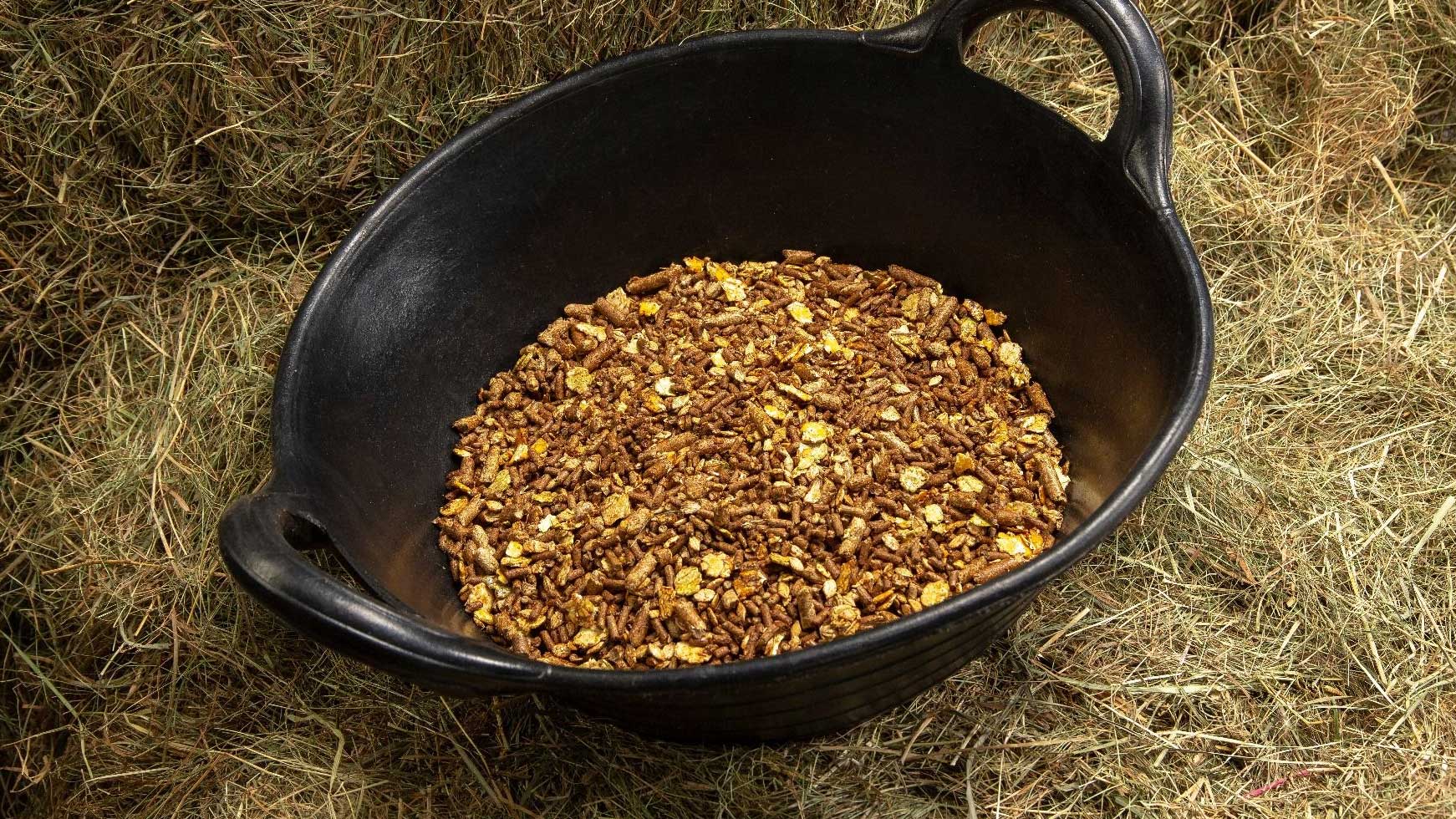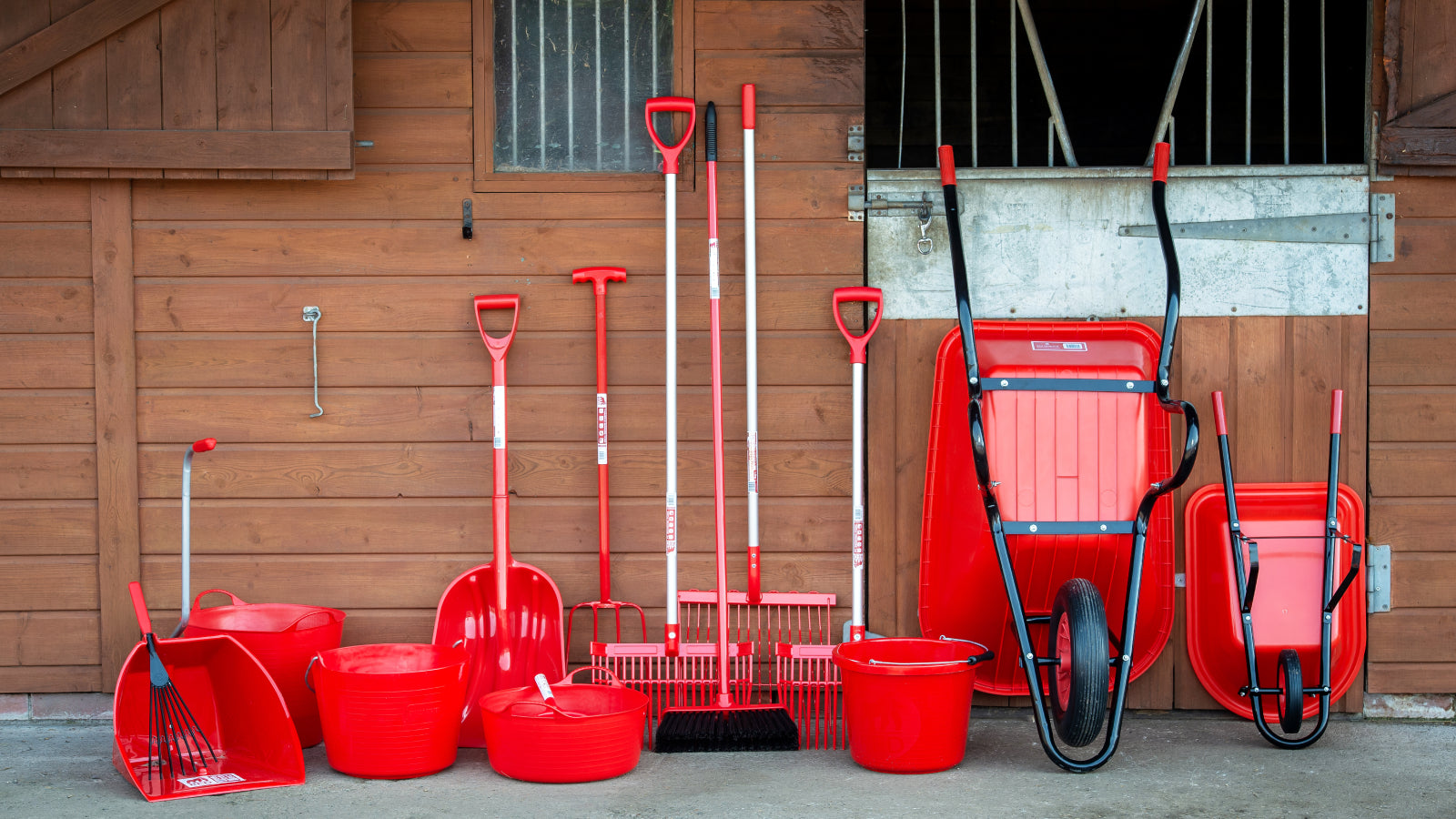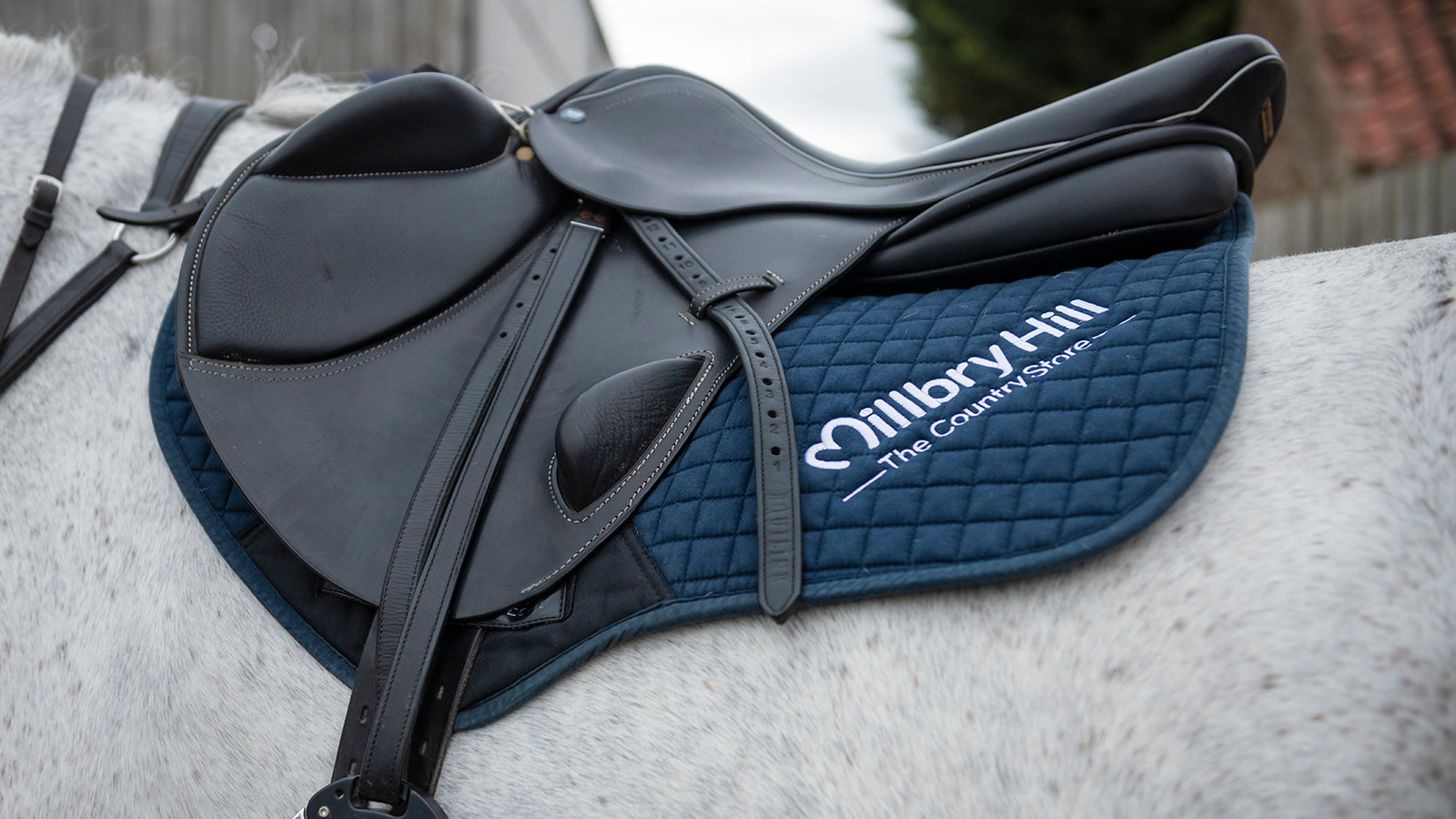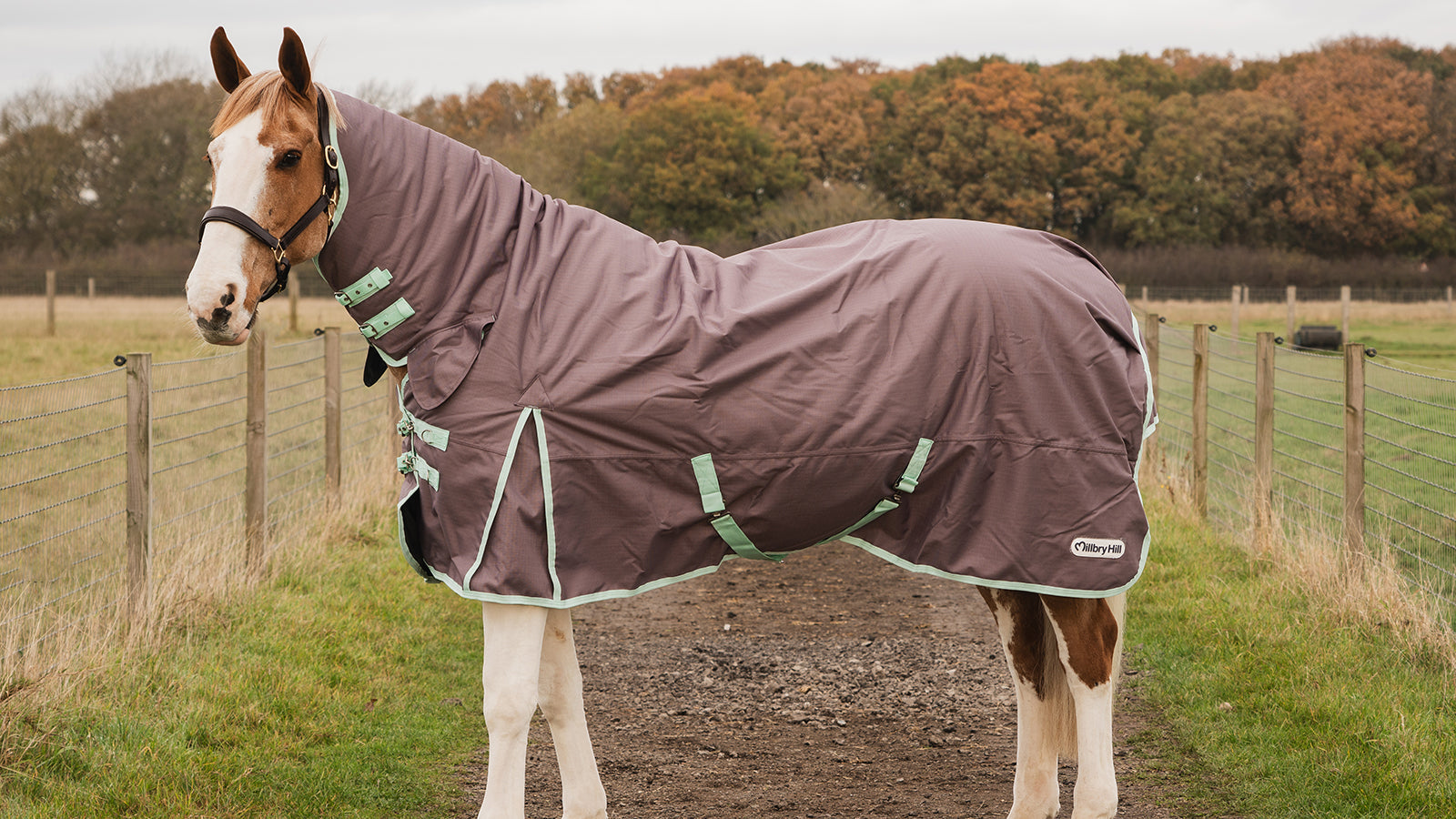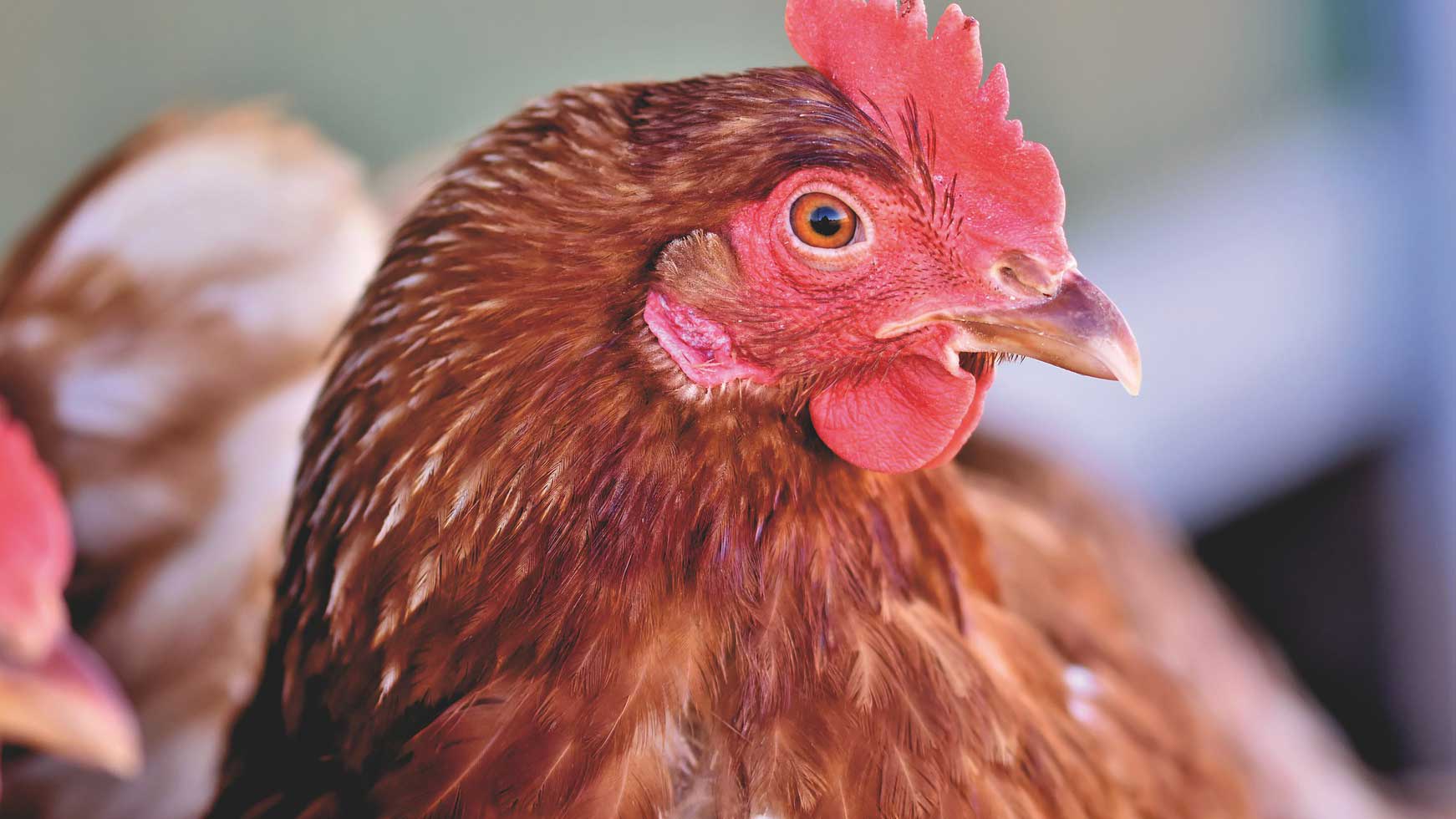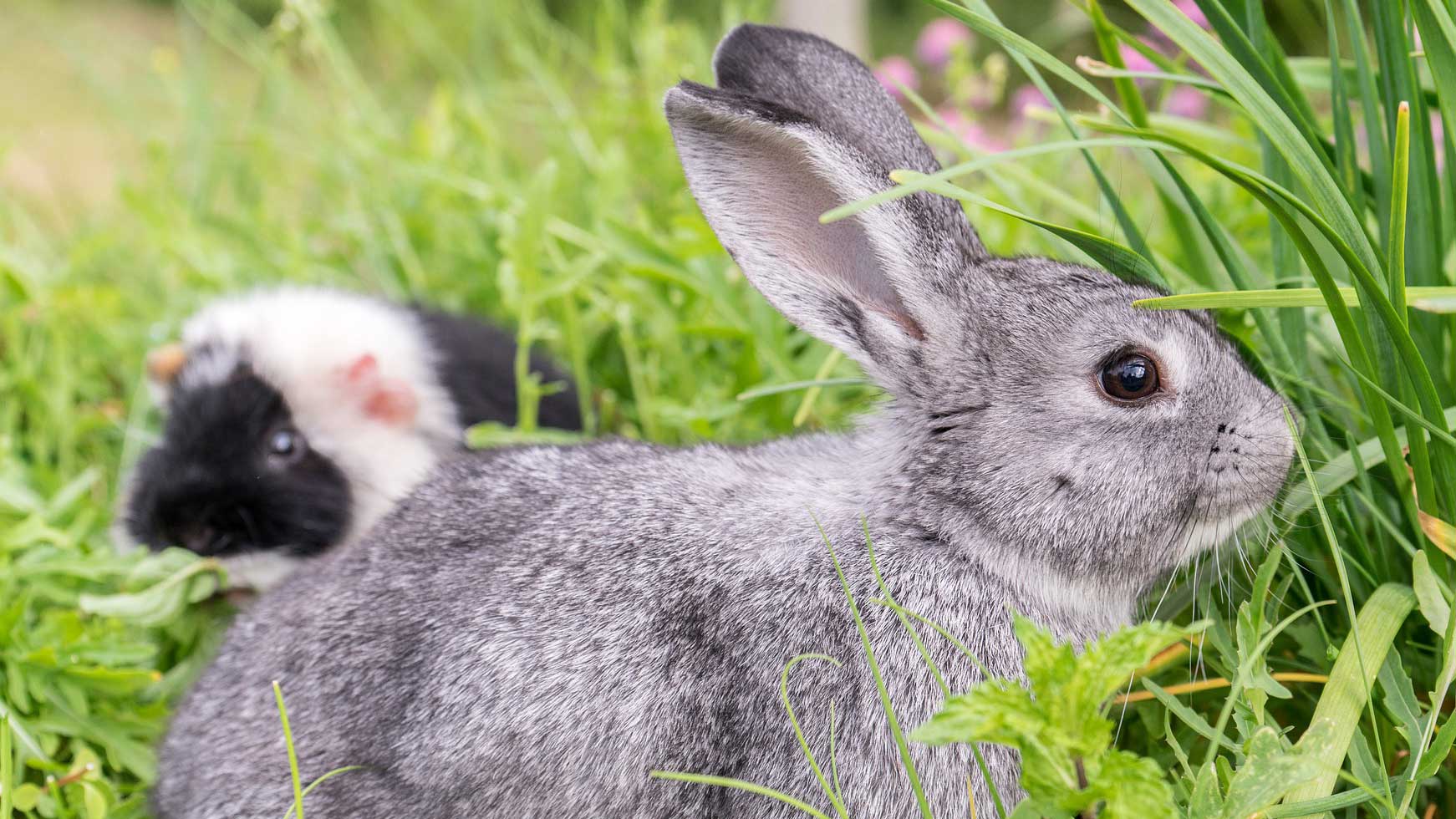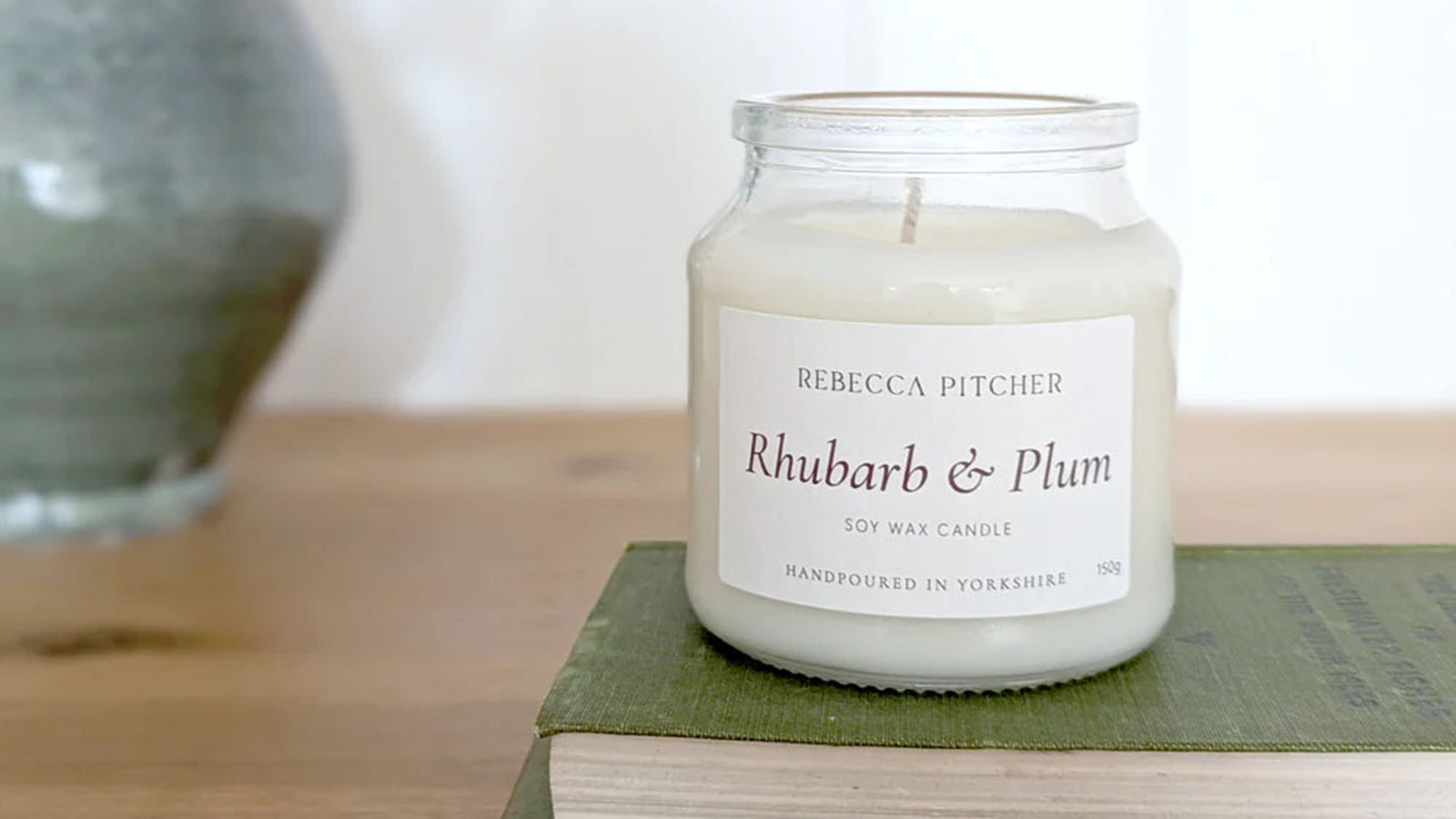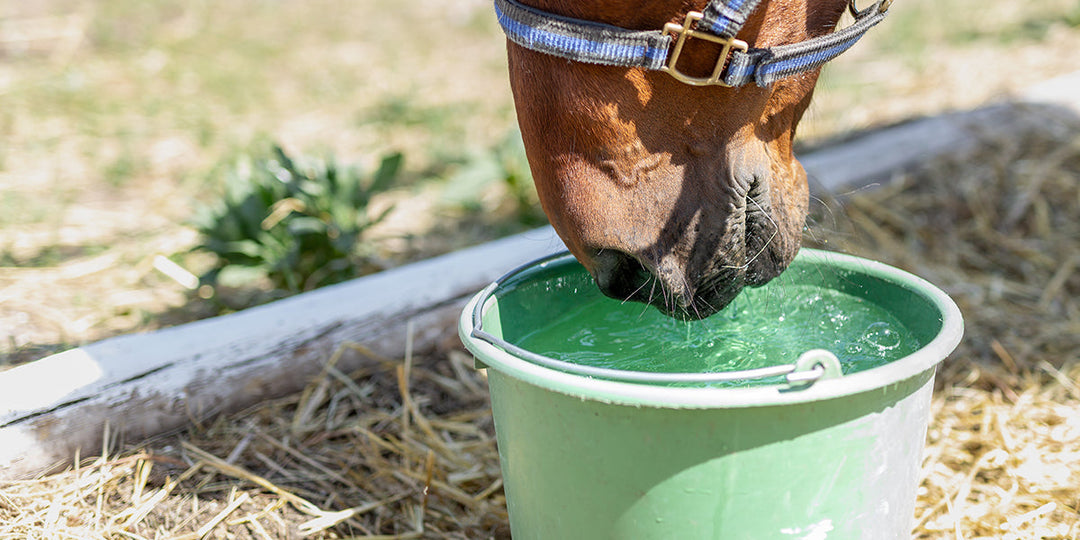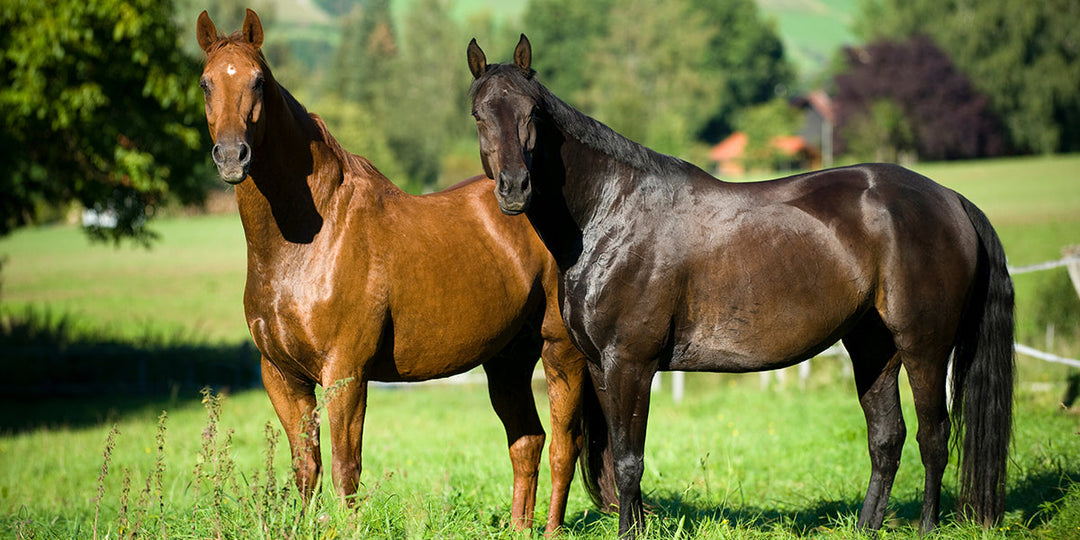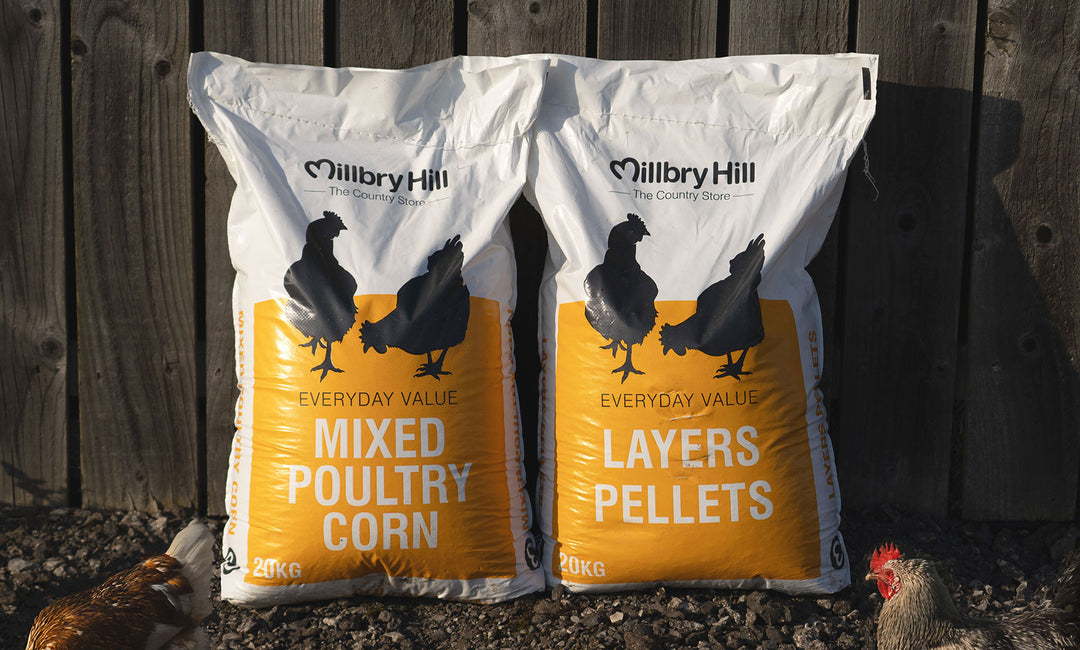Hindgut Acidosis - Know the Risks

The lifestyle pattern of the domesticated horse is very different from that of the horse in his natural state and this care and feeding regime can often have a negative effect on the digestive health of the horse.
The horse has a particularly delicate digestive system, which is designed to accommodate a high fibre diet, consumed at a small continuous flow. However this digestive pattern is often at odds with modern feeding and care management.
This is particularly true of horses which are competing, racing, etc where horses are commonly fed intermittently – two or three times a day – with their diets consisting of high quantities of processed cereal feed and free access to forage may be limited.
This can result in horses, even ones which are considered to be healthy, living in a constant state of digestive imbalance. This digestive imbalance can lead to common digestive health-related issues such as stomach ulcers and hindgut acidosis.
What is Hindgut Acidosis?
Hindgut acidosis is a condition which generally refers to the lowering of pH (an increase in acidity) in the cecum and/or colon of the horse. Hindgut acidosis can result in a multitude of effects on horse health, well-being and performance, and can in some cases lead to more serious health risks.
The lowering of pH is caused by undigested starch and sugars reaching the hindgut, rather than being absorbed in the small intestine. As the horse continues to digest these carbohydrates in the hindgut, the microbial fermentation process in the cecum produces a higher level of lactic acid, creating a more acidic environment and so lowering of pH of the gut, resulting in the condition known as hindgut acidosis.
What are the Symptoms of Hindgut Acidosis?
At-risk horses will often exhibit one or more signs which can lead reduced athletic performance as well as reduce growth or reproductive potential. Signs of hindgut acidosis may include:
• Loss of appetite
• Mild to moderate colic signs of unexplained origin
• Poor feed efficiency and subsequent weight loss
• Loss of performance
• Development of stereotypies such as wood chewing, weaving, and stall walking
• Mild to moderate colic signs of unexplained origin
• Poor feed efficiency and subsequent weight loss
• Loss of performance
• Development of stereotypies such as wood chewing, weaving, and stall walking
One of the primary signs of hindgut acidosis is a decreased appetite. This is due to the hindgut being overwhelmed with lactic acid causing the intestinal lining to become inflamed and irritated which causes the horse discomfort. In some cases the irritation may be severe enough to result in colic-like symptoms.
The lowering of pH in the hindgut also provides an unfavourable environment for some of the many essential microorganisms that aid in digestion in the hindgut. This can negatively affect the absorptive capacities of the hindgut, reducing feed efficiency and limiting the amount of energy available for performance.
A high volume of lactic acid in the bloodstream can also reduce the ability of muscles to clear lactic acid that naturally builds during exercise. This may, in turn, lead to a slower recovery from exercise or tying up.
In addition to these health concerns, a link between subclinical acidosis and sterotypies such as wood chewing, weaving, and stall walking has been suggested by researchers.
How to Reduce the Risk of Hindgut Acidosis?
The root causes of digestive imbalance in horses are a result of modern management. By allowing the horse to live as close to as nature intended as possible, the risks of hindgut acidosis can be greatly reduced. This includes:
• Allowing plenty of turnout
• Constant access to quality grazing or forage
• Small concentrate feeds, fed multiple times a day
• Constant access to quality grazing or forage
• Small concentrate feeds, fed multiple times a day
However, for many horses and owners, concentrate grain feeds, stabling, travelling, training and other aspects of the modern stable management are necessary aspects of equestrian life. In this case, feeding to counterbalance the increased risk of increased acidity is beneficial.
Supplements which are designed to reduce the acidity in the hindgut can significantly reduce the risk of hindgut acidosis and help eliminate the symptoms, although veterinary advice should always be sought if you have any concerns about the health and wellbeing of your horse.
One of the most popular and trusted supplements to tackle subclinical hindgut acidosis is KERx Equishure. KERx Equishure has been formulated by scientists at Kentucky Equine Research (KER) to support the horse’s intestinal health by helping to maintain a normal pH in the horse’s hindgut, making it highly appropriate for horses suspected of suffering from subclinical acidosis.
KERx EquiShure acts as a time-released hindgut buffer, by supplying an encapsulated source of sodium bicarbonate to the colon and caecum. Shown to help to maintain a normal pH in the horse’s hindgut, EquiShure can be used to help reduce the risk of hindgut acidosis during the intense periods of a stressful competitive season, or when travelling, or at any time when there is a greater reliance on high starch and cereal diets.
For horses who are also at risk of gastric ulcers, KERx RiteTrac is a supplement targeted to benefit both the foregut and hindgut of the horse. Containing EquiShure to support hindgut health, RiteTrac also contains a combination of fast-acting antacids and coating agents to quickly neutralise excess gastric acid, protecting the stomach lining and restoring the normal gastric environment.
Protexin Acid Ease another supplement to help reduce digestive imbalance and calm excess acid in horses and weaned foals. Acid Ease contains a concentrated, palatable combination of antacids, fibre, kaolin, amino acids and Protexin probiotics and prebiotics which act to buffer excess acid and help protect and soothe the gut lining.
NAF Gasrtivet can also be helpful in maintaining the balance of pH levels in the gut. GastriVet is a totally natural, nutritional formula which promotes a healthy gastric environment, supporting the natural anti-inflammatory processes, soothing the stomach walls and controlling the acidity levels in the gut.
By considering how your horse is kept and feeding appropriately the risk of digestive imbalance and hindgut acidosis can be greatly reduced, helping to ensure both the optimum performance and wellbeing of the domesticated horse.

















